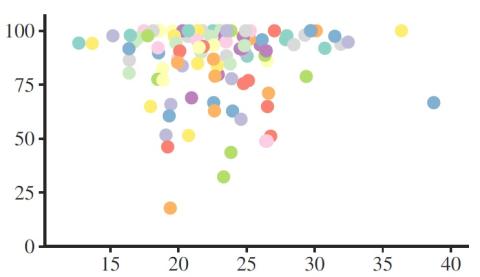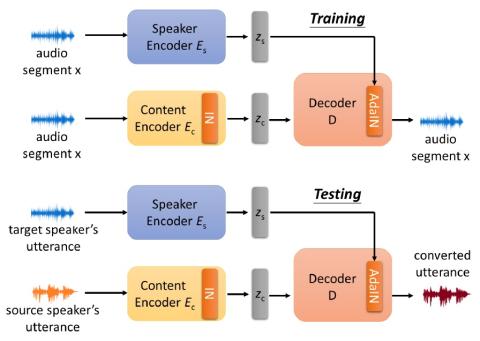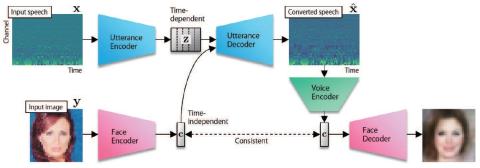
Blow: a single-scale hyperconditioned flow for non-parallel raw-audio voice conversion
End-to-end models for raw audio generation are a challenge, specially if they have to work with non-parallel data, which is a desirable setup in many situations. Voice conversion, in which a model has to impersonate a speaker in a recording, is one of those situations. In this paper, we propose Blow, a single-scale normalizing flow using hypernetwork conditioning to perform many-to-many voice conversion between raw audio. Blow is trained end-to-end, with non-parallel data, on a frame-by-frame basis using a single speaker identifier. We show that Blow compares favorably to existing flow-based a...


